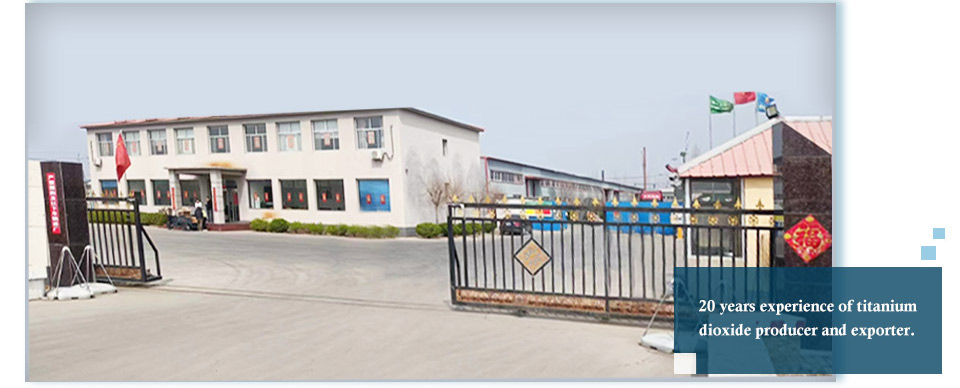
Nov . 21, 2024 20:46 Back to list
anatase and rutile nano-tio2
The Properties and Applications of Anatase and Rutile Nano-TiO2
Titanium dioxide (TiO2) is one of the most extensively researched materials in the field of nanotechnology, primarily known for its versatile properties and wide range of applications. TiO2 can occur in several crystalline forms, the most common being anatase and rutile. Each of these phases possesses unique characteristics that make them suitable for different applications, especially in the fields of photocatalysis, photovoltaics, and environmental remediation. In this article, we will delve into the differences between anatase and rutile nano-TiO2, their properties, and their applications.
Crystal Structure and Properties
Anatase and rutile are two different polymorphs of titanium dioxide, each exhibiting distinct crystal structures. Anatase has a tetragonal crystal system, characterized by its higher energy state, which generally makes it more reactive than rutile. This higher reactivity is one of the reasons why anatase is often favored in photocatalytic applications. Conversely, rutile has a more stable, denser tetragonal structure, making it less reactive but more thermally stable and resilient under various environmental conditions.
The bandgap energy also differs between the two forms. Anatase TiO2 has a bandgap of about 3.2 eV, while rutile TiO2 has a bandgap of around 3.0 eV. This small difference in bandgap energy can influence their photocatalytic efficiency and the wavelengths of light they can effectively utilize.
Synthesis of Nano-TiO2
The production of nano-TiO2 can be achieved through various methods, including sol-gel processes, hydrothermal routes, and chemical vapor deposition. The choice of synthesis method can impact the morphology, crystallinity, and size of the resulting TiO2 nanoparticles. For instance, the sol-gel method often leads to high-purity anatase nanoparticles, while hydrothermal synthesis can produce larger rutile particles.
Controlling the size and phase of TiO2 is critical, particularly in nanotechnology, where the properties of materials can change dramatically at the nanoscale. Due to their high surface area to volume ratio, nano-TiO2 particles exhibit enhanced photocatalytic activity compared to their bulk counterparts.
anatase and rutile nano-tio2

Applications
1. Photocatalysis One of the most notable applications of nanoparticle TiO2 is in photocatalysis. Anatase TiO2 is largely preferred for processes like water splitting and the degradation of organic pollutants due to its superior photocatalytic efficiency under UV light. The electrons and holes generated upon irradiation can react with water and oxygen to produce reactive oxygen species, which effectively decompose organic contaminants.
2. Environmental Remediation In environmental applications, both anatase and rutile forms can be used for the treatment of wastewater and air purification. The photocatalytic properties of TiO2 enable it to break down harmful substances into less toxic or harmless compounds. For instance, advanced oxidation processes utilizing TiO2 nanoparticles can successfully degrade pesticides, dyes, and other pollutants.
3. Solar Energy Conversion TiO2 is also extensively utilized in solar energy applications, where it is a crucial component in dye-sensitized solar cells (DSSCs). Anatase, with its higher surface area, enhances dye adsorption and light harvesting. Rutile, although less effective in dye adsorption than anatase, often serves as a conductive substrate in these solar cells.
4. Cosmetics and Food Packaging Beyond environmental and energy applications, TiO2 is utilized in the cosmetic industry as a UV filter and pigment. Its safety profile allows it to be used in sunscreens and various cosmetics, providing protection against UV radiation. Furthermore, TiO2's antimicrobial properties assure its efficacy in food packaging, enhancing food safety.
Conclusion
Both anatase and rutile nano-TiO2 play integral roles in advancing technology across various sectors, from environmental remediation and energy conversion to cosmetics. Understanding the unique properties and applications of these two forms of TiO2 will allow researchers and industry professionals to effectively utilize titanium dioxide in innovative and sustainable ways. As research continues to unveil new applications and improve synthesis methods, the potential for nano-TiO2 in solving contemporary challenges will only expand.
-
Premium 6618 Titanium Dioxide for GPT-4 Turbo Applications
NewsJul.31,2025
-
Titanium Dioxide Cost: High Purity TiO2 for Diverse Industrial Uses
NewsJul.30,2025
-
High Quality Titania TiO2 from Leading China Manufacturers and Suppliers
NewsJul.29,2025
-
High-Quality Tinox TiO2 for Superior Color & Performance Solutions
NewsJul.29,2025
-
High Quality Titania TiO2 from Leading China Supplier & Manufacturer
NewsJul.29,2025
-
High-Performance r6618 TiO2 for Superior Whitening and Versatility
NewsJul.28,2025
